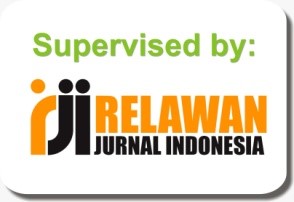Using a Blended versus Online Course Design for Teaching Intermediate Accounting - an Empirical Study of the Teaching/Learning Environments
Abstract
The increasing importance of technology use in instructional design and delivery suggests significant implications for accounting educators and administrators. This study examines the effect of delivering an Intermediate Accounting course in a fully online format as compared with the effect of delivering the same course in a blended, face-to-face format over two semesters. The quasi- experimental design tests whether use of common course materials and instruction offered concurrently in both formats results in comparable learning and performance outcomes. Initial data collection took place in fall quarter 2012. Preliminary analysis suggests the importance of student computer skills and grade point average to performance. No difference in student performance between the two delivery approaches is noted, probably due to small sample size. To build upon fall quarter 2012 findings, the study was extended to provide for additional observations in the same settings in the spring quarter 2013 just completed. Analysis of spring 2013 data shows students in online mode obtained more accounting knowledge than the blended mode. Students aged younger than 29 perceive the technology application more favorably enhanced their learning than others. Students enrolled in the blended setting indicate they are more willing to use the technology than the online setting. Students with different learning styles perform differently and perceive differently about the amount of computer skills enhanced by taking the blended vs. online courses. The findings in this paper show promise of relevance to administrators for future planning and implementation of technology-based instructional design and delivery, for faculty in their development planning, and for educators who seek to develop a better awareness of student performance and learning preferences in each setting.
Downloads
References
American Institute of Certified Public Accountants (AICPA). (1999). AICPA Core Competency Framework for Entry into the Accounting Profession. New York, NY: AICPA. (Available at the Educational Competency Assessment website at: http://www.aicpa- eca.org/)
Lillie, Richard & Wygal, Donald. (2011). Virtual Office Hours (VOH) in accounting coursework: Leveraging technology to enhance an integrative learning environment. Journal of Accounting Education. 29. 10.1016/j.jaccedu.2011.10.002. Retrived from https://doi.org/10.1016/j.jaccedu.2011.10.002
Oblinger, D., & Oblinger, J.(2005). Is it age or IT: First steps toward understanding the net generation? In: D.G. Oblinger & J.L. Oblinger (Eds.), Educating the Net Generation. Educause. Retrieved July 24, 2007 from http://www.educause.edu/educatingthenetgen/
Quality issues in distance learning. (2007). AACSB. Retrieved from http://www.aacsb.edu/publications/whitepapers/quality-issues-distance-learning.pdf
Vasarhelyi, M.K., Teeter, R.A., and Krahel, JP (2010). Audit Education and the Real Time Economy. Issues in Accounting Education. Vol. 25, No. 3. 405-423.
Windham, C. (2005). Father Google and Mother IM: Confessions of a Net Gen Learner. EDUCAUSE Review, 40(5), 43-44. Retrieved April 2, 2021 from https://www.learntechlib.org/p/99185/.
Zawacki-Richter, O., Eva Maria Backer, & Vogt, S. (2009). Review of distance education research (2000-2008) : Analysis of research areas, methods, and authorship patterns. The international review of research in open and distance learning, 10(6). Retrieved from http://www.irrodl.org/index.php/irrodl/article/view/741/1433














